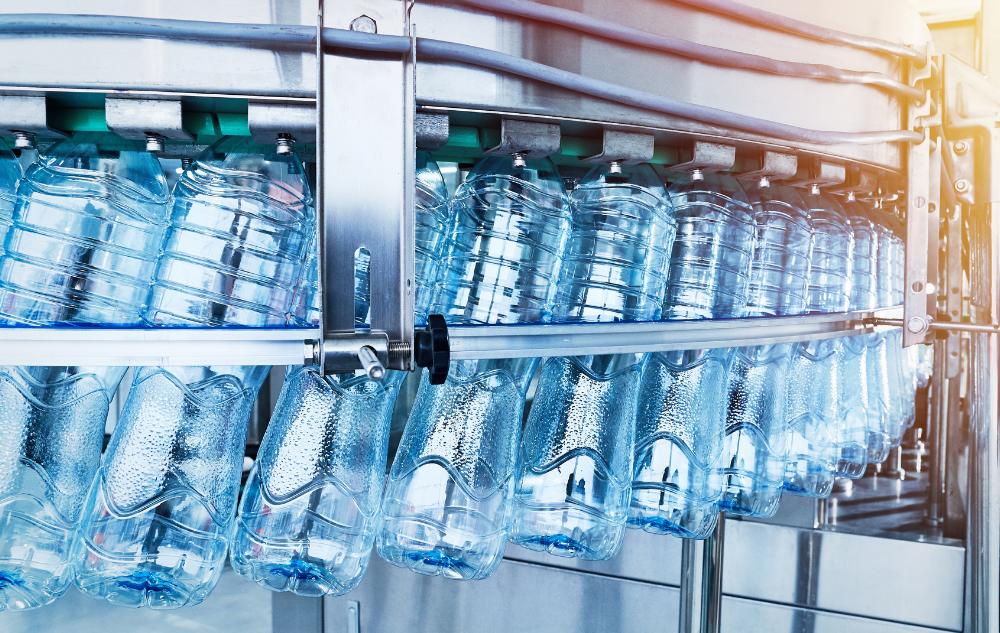Our Plastic Dependence Has Grown, and Our Landfills With It.
It may be shocking to see just how drastically plastic production has risen since 1950. Plastic is everywhere: from toys and sports equipment to food and household goods packaging, fabrics and carpets, building materials and signs, electronics and cars, and even medical devices. We haven’t always been this dependent on plastic, but it’s become part of the fabric of our everyday lives (literally and figuratively).
Some of the plastics mentioned above are durable enough to last. Unfortunately, 50% of the plastic produced today is single-use plastic – plastic that will be discarded within one year of being produced. This is a huge problem, especially considering that plastics are not biodegradable, breaking down into microplastics that pollute our environment, our oceans, our wildlife, and our bodies.
Plastic production has skyrocketed since the 1950s, outpacing any other manufactured material.
Hover over the map below to discover how many millions of tons of plastic have been produced each year since 1950.
The first synthetic plastic, known as Bakelite, was created in 1907. But large-scale plastic production didn’t pick up until the 1950s, when post-war marketing convinced buyers that lightweight, disposable cans and plastic bottles were more convenient and more hygienic than refillable glass containers.
Plastic was lightweight, convenient, and unbreakable. It cut production and shipping costs significantly and increased company margins.
The demand for plastic packaging increased, return-and-refill bottling systems declined, and the world shifted from reusable to single-use containers. Unfortunately, little thought was given to how this cultural shift would impact our planet.
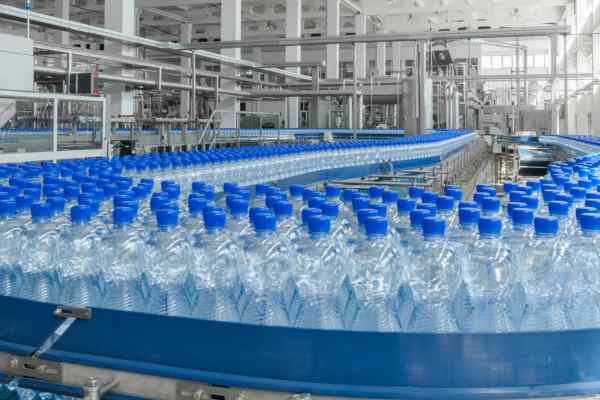
Today, we understand the damage plastic can do to the environment. Unfortunately, we are still wholly dependent on it in our lives. A recent study warns that the total plastic greenhouse gas emissions levels of 2015 are likely to quadruple by 2050. The time to act is now.
Too much of the plastic we produce ends up in a landfill.
The charts below offer a visual representation of plastic waste management, both globally and in the United States. As you can see, globally 49% of all plastic ends up in a landfill, with an additional 22% of plastics ending up littering our planet. America trails the world in recycling initiatives, with 73% of all plastics in the United States ending up in the trash.
Sadly, only 9% of plastic gets successfully recycled globally. In the US, only 4% of plastic waste gets recycled.
You may feel you’re doing your environmental duty by recycling as much as possible. But the reality is that only 9% of plastic gets recycled properly. When you look specifically at how the United States manages plastic waste, that recycling number drops to a pitiful four percent. Sadly, 73% of all plastics end up in landfills around America.
If too many unrecyclable or dirty containers are mixed into a batch of recyclables, the entire batch could be sent to the landfill. “Wish-cycling” is the practice of putting ineligible items into single-stream recycling systems in hopes that they could be recycled. This practice does more harm than good, raising the likelihood that a batch of recycling is deemed unsuitable and diverted to a landfill.
The chart below represents the total amount of plastic that is successfully recycled and re-incorporated into new products (not products collected).
Eunomia Research & Consulting and Ball Corporation partnered to release a report that shed light on recycling programs in the United States. They found that America’s recycling programs divert $2.6 billion worth of products from landfills annually. But this figure only represents 32% of what could be captured. Unfortunately, $6.5 billion of recyclable materials are sent to landfills each year that could have been diverted.
For this reason, it’s incredibly important that you familiarize yourself with your local municipal recycling program and understand what can and cannot be recycled in your area. Jennie Romer’s book, Can I Recycle This? A Guide to Better Recycling, offers practical tips about proper recycling practices.
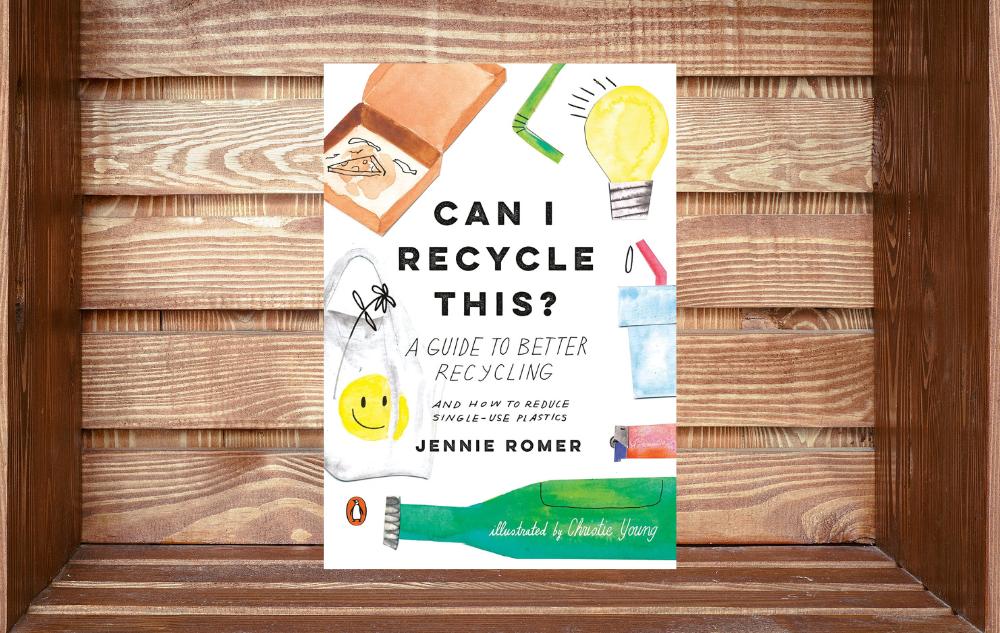
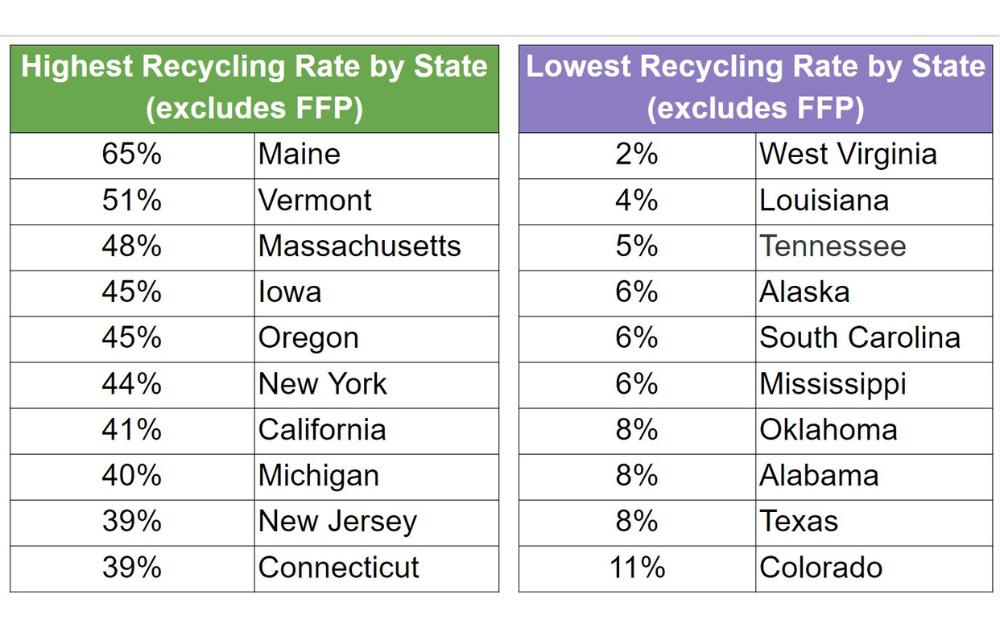
Source: Ball, The 50 States of Recycling
Note: FFP refers to specific types of plastic, such as polyethylene, polypropylene, laminated film, and polyethylene terephthalate.
Of the ten states with the highest recycling rates, nine of them have recycling rebate programs.
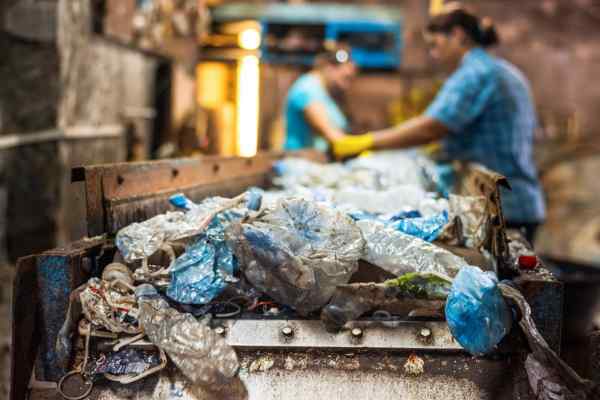
It doesn’t feel like a coincidence that eight out of the ten states with the highest recycling rates also have robust recycling rebate programs. These programs (also known as recycling refunds, bottle bills, or deposit return systems) offer consumers money back for returning recyclable materials. The success of recycling refund programs suggests that well-designed incentive programs are key to boosting recycling rates.
Is refillable packaging making a comeback?
Recycling is a good way to divert plastic from landfills, but it still requires energy to melt and reconstruct containers. The most environmentally friendly packaging is the old return-and-refill process largely abandoned in the 1950s and 1960s. According to Upstream Solutions, refillable glass bottles used more than twice accrue environmental benefits. Using a glass bottle 25 times before recycling it can garner 85% less climate emissions than single-use glass, 57% less than aluminum cans, 70% less than single-use plastic, and 93% less energy. That’s incredible!
In other countries, refillable streams already exist. Philippines, Colombia, and Germany lead the way in refillable market sales shares. In the US, companies like Loop are partnering with big brands to try and create refillable solutions for their products. While refillable streams exist, they still have yet to take hold on a wider scale. Reestablishing refillable product streams is one way we may globally curb plastic production.
Plastic may feel ubiquitous, but there are steps we can take to avoid unnecessary plastic and slow plastic production.
Take the first step by joining the One Planet Life app and start making sustainable, joyful changes in your life today! Then, read more about how you can eliminate unnecessary plastic in your life:
- America’s Recycling Programs Are in Disarray. Here’s How You Can Help.
- Save the Planet From Plastic Pollution, One Refill at a Time
- Book Review: How to Give Up Plastic by Will McCallum
- Reduce, Reuse, Recycle, and REFILL to Benefit the Planet
- Reduce Waste in Your Kitchen with These Simple Tips
- The Upcycling Revolution Teaches Us to Revive Trash into Treasure
Discover More
One Planet Life Insights draw from a vast array of data gathered from the most reputable sources in the world. We curate and compile this rich information into interactive, easy-to-navigate insight maps to help you better understand your community and the world around us.

Written by Kristina Shane
Lead Content Manager and Editor
“I’ve always had a strong inclination to protect and nurture the people and living things around me. Especially after having kids, I became passionate about conserving our planet for future generations. It’s my duty to teach my children, through words and actions, how to be good citizens and thoughtful stewards for our planet. Joining One Planet Life felt like a natural next-step for me, and I’m thrilled to support their mission and strengthen my own sustainability efforts.”

